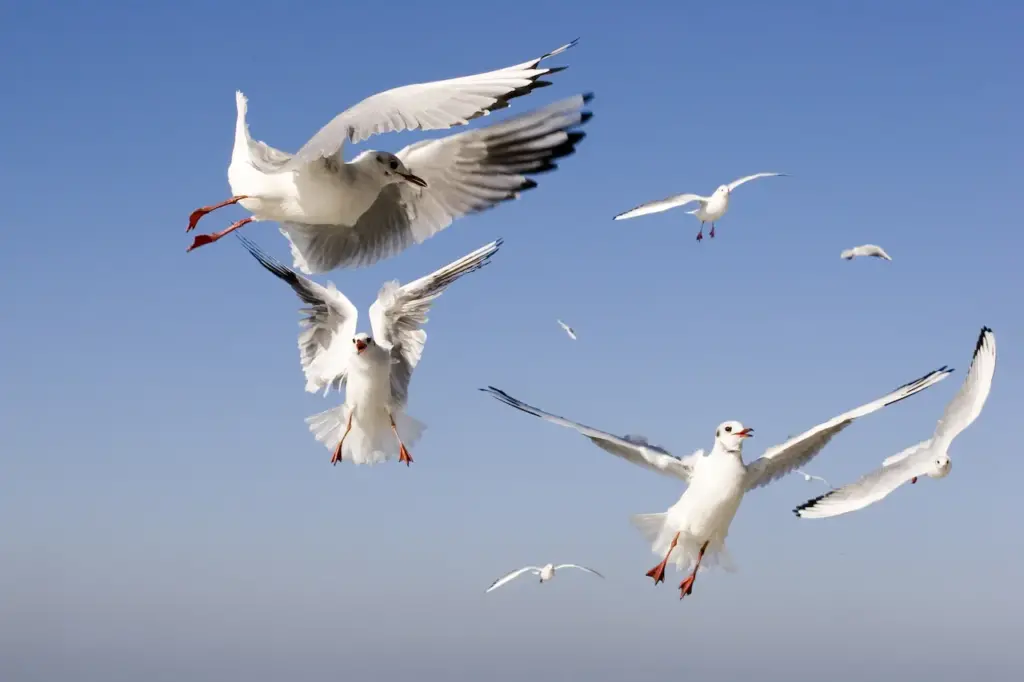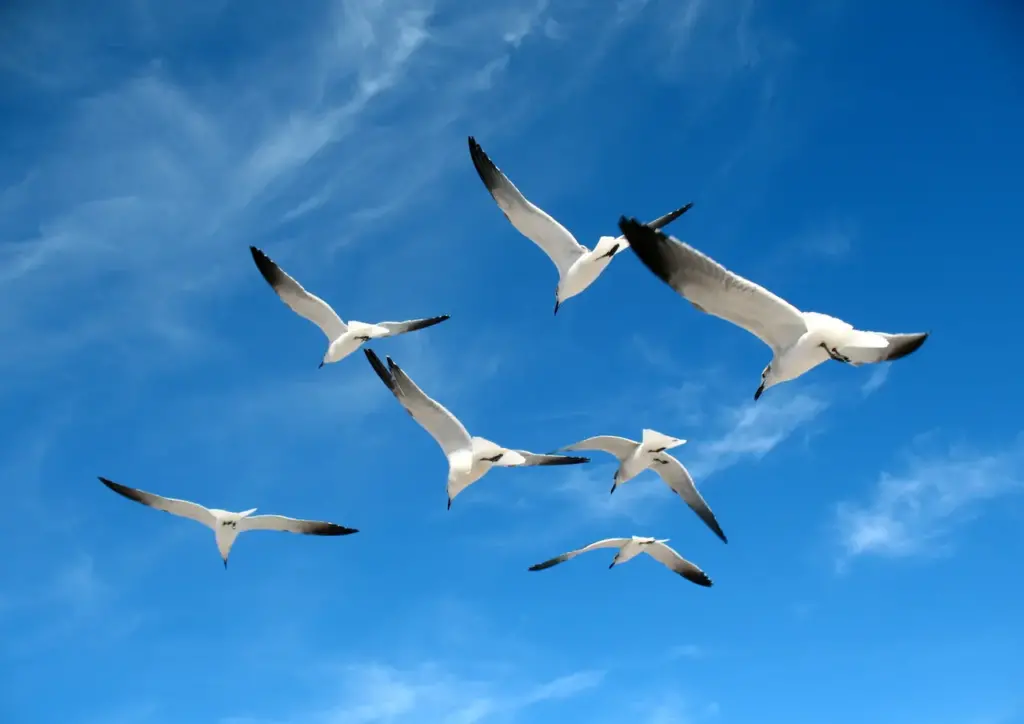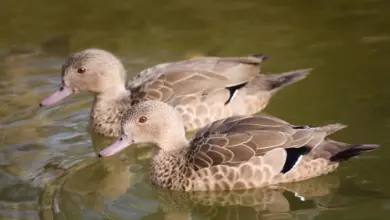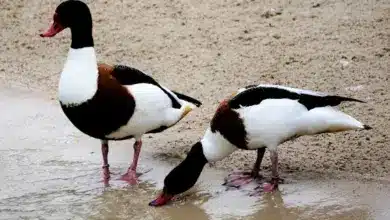Sea Gulls
Sea Gulls
Sea Gulls are birds in the family Laridae. They are most closely related to the terns (family Sternidae), auks, and skimmers, and more distantly to the waders. Most gulls belong to the large genus Larus.
Apart from the kittiwakes, gulls are typically coastal or inland species, rarely venturing far out to sea.

Description
They are in general medium to large birds, typically grey or white, often with black markings on the head or wings. They have stout, longish bills and webbed feet.
The large species take up to four years to attain full adult plumage, but two years is typical for small gulls.
Diet / Feeding
Most gulls, particularly Larus species, are ground-nesting carnivores, which will take live food or scavenge opportunistically. The live food often includes crabs and small fish.
Many species of gull have learned to co-exist successfully with man and have thrived in human habitats. Others rely on kleptoparasitism to get their food (*a form of feeding where one animal takes prey from another).
Behavior
Gulls — the larger species in particular — are resourceful and highly intelligent birds, demonstrating complex methods of communication and a highly developed social structure. Certain species (e.g. the Herring Gull) have exhibited tool-use behavior.
Two terms are in common usage among gull enthusiasts for subgroupings of the gulls:
- Large white-headed gulls for the 16 Herring Gull-like species from Great Black-backed Gull to Lesser Black-backed Gull in the taxonomic list below
- White-winged gulls for the two Arctic-breeding species Iceland Gull and Glaucous Gull
Sea Gulls Flying in the Air
Hybridisation between species of gull occurs quite frequently, although to varying degrees depending on the species involved. The taxonomy of the large white-headed gulls is particularly complicated.
In common usage, members of various gull species are often called sea gulls or seagulls. This name is used by laypeople to refer to a common local species or all gulls in general, and has no fixed taxonomic meaning.
The Laridae are known from fossil evidence since the Early Oligocene, some 30-33 mya. A fossil seagull from the Late Miocene of Cherry County, USA is placed in the prehistoric genus Gaviota; apart from this and the undescribed Early Oligocene fossil, all prehistoric species are at least tentatively assigned to the modern genus Larus, q.v.






